Collective Intelligence in the Making
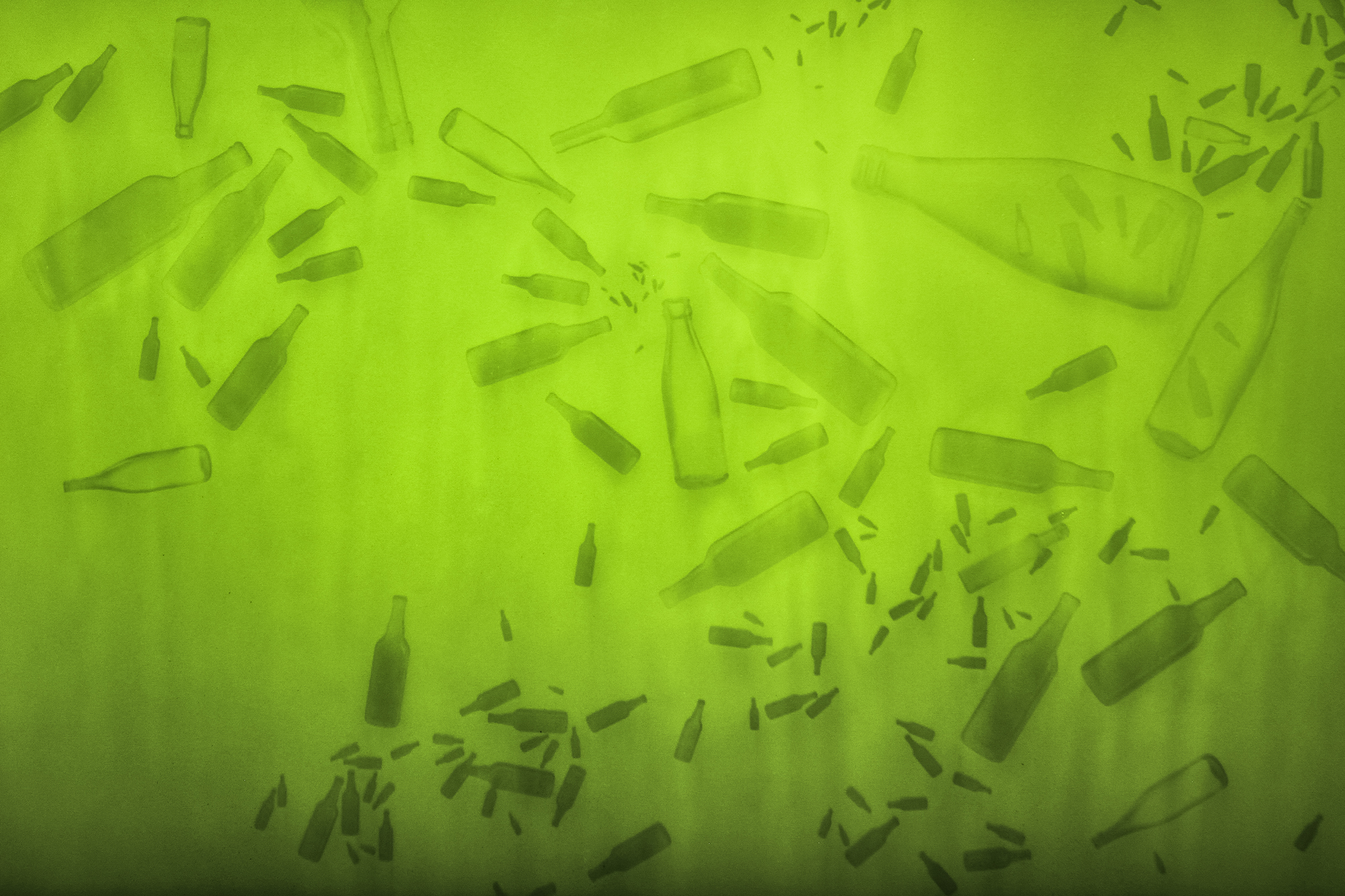
- Publish On 22 May 2024
- LVAO
- 7 minutes
Collective intelligence has become key to understanding and acting upon the complexity of the contemporary world. But how can the conditions for its advent be brought about? Originating in PSL, the “Life in the Making” collective, which brings together researchers in natural sciences, in the humanities, as well as artists, has been exploring this dialogue between intelligences around the theme of the living since 2014. By operating through a flexible framework, the collective has developed a praxis of interdisciplinary collective intelligence—all the while establishing new insights on life, in particular through experimentations between art and science.
An interdisciplinary collective
The “Life in the Making” collective is an atypical group that includes researchers in natural sciences and scholars in humanities and social sciences, as well as artists. The collective was formed in the cross-disciplinary incubator called ‘Domestication and the Making of the Living’ created between 2014 and 2016 at the Paris Sciences et Lettres University as part of the CNRS’s Mission for Interdisciplinarity. Headed chemist Ludovic Jullien (ENS-SU), and anthropologist Perig Pitro (CNRS-Collège de France), the innovative program operated as an incubator for ideas and organized dozens of symposia and study days, followed by publicationsRefer to the web sites of the ‘Life in the Making’ collective (https://lifeinthemaking.net/en/) and incubator (https://domesticationetfabricationduvivant.wordpress.com) for more details. in order to collectively consider the problems raised by the definition of life.
The momentum continued at Paris Sciences et Lettres between 2017 and 2019 with the ‘Life in the Making. Exploring the Potentialities of Bioart and Biodesign’ (La vie à l’œuvre. Explorer les potentialités du bioart et du biodesign) project, which developed experimentations between art and science with artists Lia Giraud and Dominique PeyssonThe project was spearheaded by Labex TransferS, in partnership with Labex Memo Life (IBENS), DEEP (Institut Curie), Institut Pierre-Gilles de Gennes (http://www.transfers.ens.fr/la-vie-a-l-oeuvreexplorer-les-potentialites-du-bioart-et-du-biodesign).. Within this very university, the ‘Origins and Conditions for the Emergence of Life’ program, deployed by the Paris Observatory, has provided further opportunities for exchange between natural sciences, social science and the humanities, and artists since 2017Since 2017, one of the ‘Strategic and Interdisciplinary Research Initiatives’ (Initiative de recherches interdisciplinaires et stratégiques) of Université PSL focuses on the topic of the ‘Origins and Conditions for the Emergence of Life’ (Origines et conditions d’apparition de la vie) at the Paris Observatory (http://www.univ-psl-ocav.fr).. In all these projects, the involvement of the ‘Anthropology of Life’ team headed by Perig Pitrou within the Social Anthropology Lab at the Collège de France fostered interdisciplinary dialogue, in particular through a new generation of students working on projects at the nexus between natural sciences and social sciences and the humanitiesThe ‘Anthropology of Life’ team (Anthropologie de la vie) investigates the diversity of biotechnologies developed by human societies on our planet (http://las.ehess.fr/index.php?2408).
These programs focused on specific priority topics, to ensure that the conditions for quality research are met while sharing a flexible approach to organizational activities. We had a great deal of freedom to determine the most suitable modalities of collaboration—including testing formulas that didn’t work out—and eventually our collective was able to develop an interdisciplinary collective intelligence practice, while establishing new knowledge about life and interactions with living beings. The institutional environment provided the conditions for researchers from several institutions to meet, however, it was in collaborating together that gradually brought about the formation of a relatively autonomous collective motivated by a shared interest in understanding the complexity of the contemporary world. Even though we did not continue receiving the funding that sparked the movement, in 2021, we created a nonprofit called ‘Life in the Making’ in order to project ourselves into the future and to deepen our discussions on living outside of academic spheres.
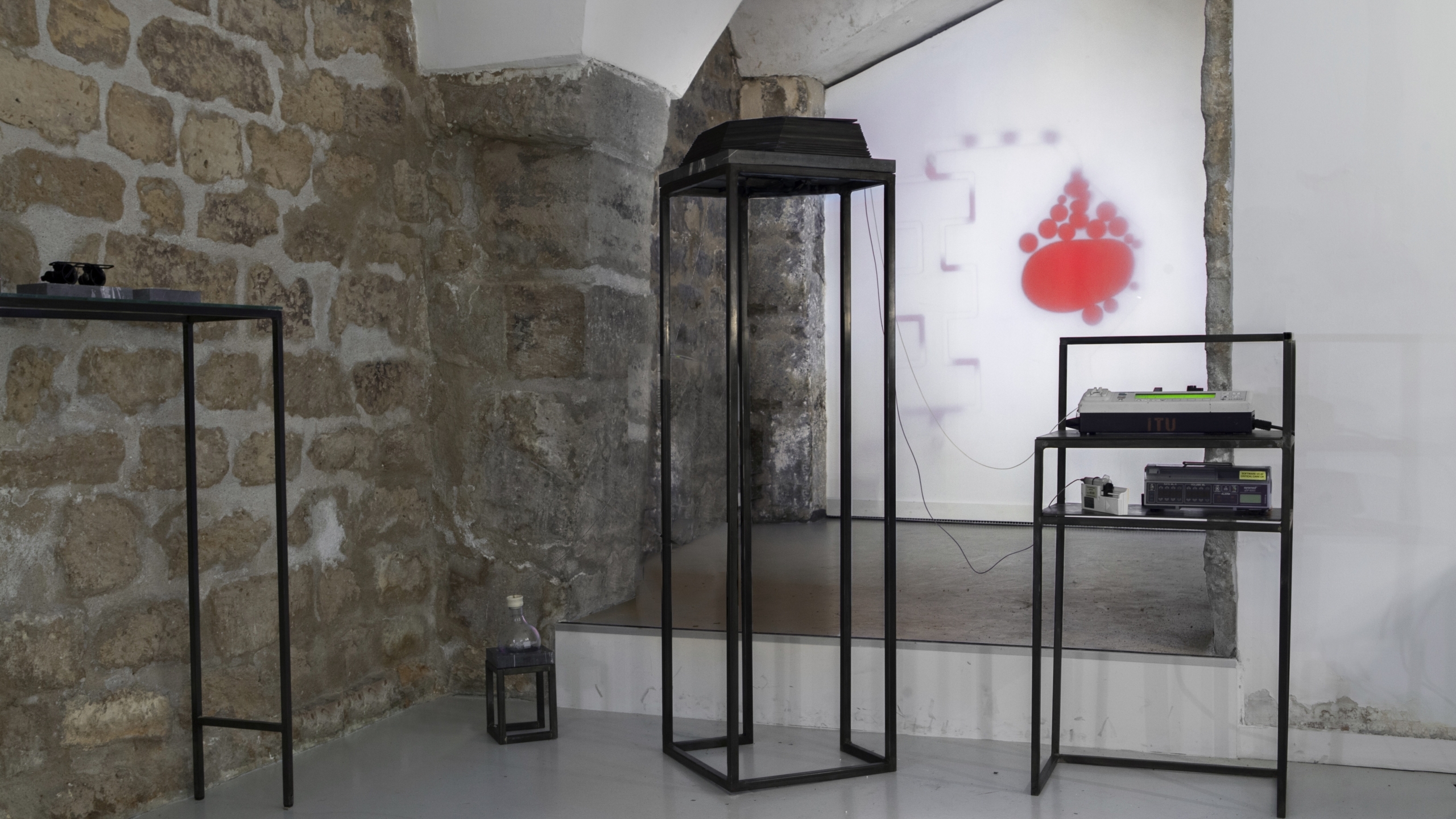
Studying life: from phenomenon to founding principle
The collective focuses entirely on the phenomenon of life. This is a subject area that has been examined for a long time. It might seem as though the probing would be drawing to a close, yet this is far from being the case. We have learned a lot.However, there is still much to be discovered about life—regarding its origin,its uniqueness, and its banality, as well as its definition and how the living evolve. We explore how technique, and human technology in particular, impact its trajectories. There is a vast subject matter, and we view its exploration as essential to the educated choice of the organization and the functioning of our society, as transplants and genetic engineering now make it possible to modify living beings well beyond breeding or education. To clarify our approach, it seems relevant to us to highlight the analogies between the way in which life produces different levels of organization and the way in which we have progressively developed a collective intelligence—as if a coalescence had gradually brought about, in us and with us, the emergence of a living being composed of a multiplicity of experiences.
Life has provided our collective with its evolutionary principle. For example, when considering new members, we subject them to individual assessments to evaluate what they can bring to the group. Mutual listening and discussion skills are paramount. In its initial condition, our collective involved a small number of people in a predefined institutional environment. It has, since then, transformed and started carrying out various projects, following more or less random encounters within a vast network of relationships, paying no heed to experience. Young students, for example, can rub shoulders with established figures. Though our collective has an organizational principle and the desire to undertake concrete actions, it has no predefined horizon. We like this metaphor of ‘evolutionary tinkering’ and the emergence of an everbecoming and highly indeterminate living organism with diverse components, rich in redundancies and in flexible and changeable internal interconnections. In practice, the life of the collective is punctuated by monthly meetings and retreats—alternating between having informal discussions and identifying objectives to improve their focus—visits to laboratories and exhibitions. The collective is involved in various joint projects, texts, exhibition scenarios, and artworks.
The living intricates many levels of integration. It cannot be resolved into the infinitely large or the infinitely small. It appears as an infinitely complex reality that can only be questioned through the collaboration and confrontation of many disciplines. This is in no way specific to the living world, however, and is, in fact, common to many topics requiring a systemic perspective, including health, climate, food, and so on. The way knowledge-producing institutions are organized follows a twofold logic—a legitimate one that recognizes the worth of disciplines through the value and the uniqueness of their point of view, and another, more questionable one, focused on managing a territory (including positions, financial resources, etc.). Confrontation with complex subjects that cannot be resolved by applying the knowledge of a single discipline is undeniably a drive force behind interdisciplinarity, which also addresses the hyperspecialization of individuals. A logical consequence of the advancement of science and technology, hyperspecialization generally leads to more efficiency, but also generates isolation, as well as a limited knowledge of the diversity of ways that can be used to explore reality.
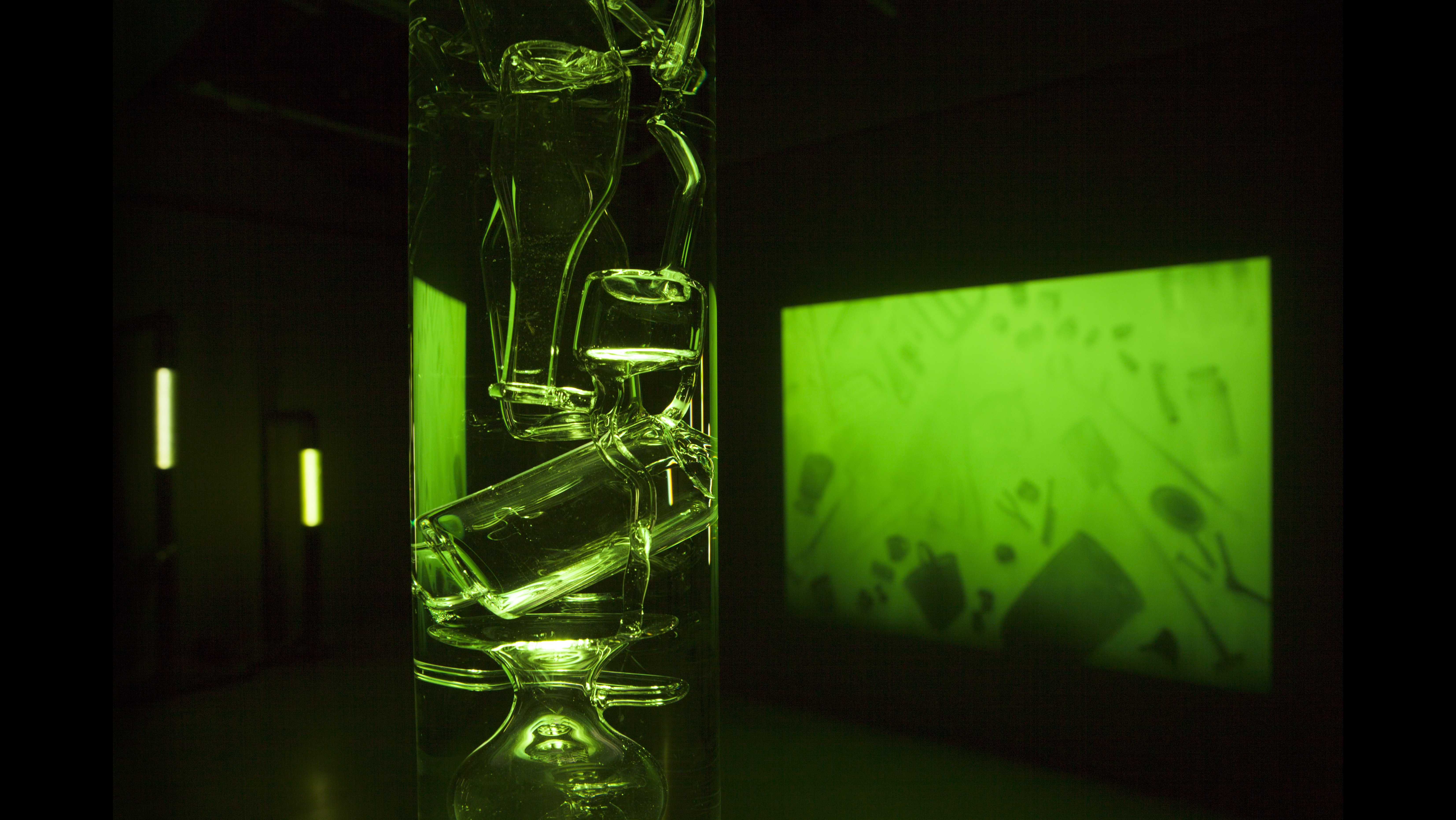
Interdisciplinarity as a method
Independently from its value in addressing a complex topic, interdisciplinarity is, first and foremost, a practice of humility and self-objectification. We hold the perspective of our discipline alone and quickly realize that we are in fact ignorant. As the disciplines tend to define themselves in a reflective way, we also have difficulty in evaluating what makes us specific. More than associating with our fellow human beings, Gnwqi seauton (Know thyself) implies confronting oneself with others. In a seemingly paradoxical manner, this confrontation will then help bolster our own uniqueness, while also opening up a profusion of questions regarding how they are to be investigated. We are in the presence of a differentiation process, as occurring both in embryonic development and during biological evolution, whereby the emergence of a new cell or species involves the environment of another.
Interdisciplinarity is first and foremost a place for disciplinary affirmation. In order for it to be fruitful, it must gather together women and men who have learned from their journey, take heed of the journeys of others, are convinced that their presence is legitimate, and are honest in their thinking. This shared mindset enables our collective to approach living things in their rich diversity of physico-chemical processes, inclusion within societies, and even in their sensible interpretation.
Remarkably, it also gives everyone the opportunity to communicate with individuals from cultures that are sometimes very distant. Interdisciplinarity is also inarguably a driver of freedom that broadens the horizons of the members of the collective. Indeed, the vehement expression of highly different points of view on life encourages members to think more freely about their own research, which is often fettered by disciplinary codes.
Interdisciplinarity is then also an invigorating practice of peaceful confrontation. After an essential initial learning phase that establishes communication, everyone expresses their point of view and listens to that of others. We must welcome debate, and rejoice both in our agreements and our differences. The greatest treasure of our collective, though also the source of our difficulty in articulating our approaches—natural sciences, social sciences, and art—is that each of these disciplines has its own assumptions, methods, and truth claims. We share the same subject matter, but we don’t objectify it in the same way. Science explains living things on the basis of empirically verifiable facts or hypotheses formalized as concepts with a universal truth claim while humanities and social sciences focus on trying to understand the various social means, both practical and theoretical, by which each culture seeks to make sense of how living beings and the history of life operate. As for art, it produces expressive relationships with the living that cannot be reduced to abstract conceptualization.
Finally, interdisciplinarity isn’t a form of syncretism. Our discussions often lead us to have to make explicit the underlying assumptions of our respective fields in order to fully understand where our agreements and disagreements stem from. This reflective approach is essential to our debates. We realize that it is truly the aim of cognitive operations that conditions what will be said about the object—in this case the living world—and not its intrinsic nature, which is in itself elusive. The ‘living’ responds to the specific questions that we address to it following the specific approach of each discipline. From an epistemological perspective, it encompasses all the points of view that we have of it and that which we are trying to organize. The strength of our collective paradoxically lies in the fact that we recognize that our various points of view are necessarily partial. For this reason, our collective doesn’t serve a single discourse proceeding from a weak and reductive consensus. By sharing a development process, it acquires an intelligence that is both multifaceted and global, essential for thinking about contemporary facts and proposing models of action in a context of rising essentialisms, naturalisms, vitalisms, etc.
This experience questions the way we solve complex problems. Collective intelligence leads to broader perspectives and increases the value of projects or achievements compared with those developed by single individuals, even when all-knowing. By exploring the possibilities it provides, the diverse points of view also introduce many alternative solutions, which are particularly valuable when randomness makes predictions difficult. On the other hand, the process is time-consuming, and, in our experience, it is important to deploy collective intelligence only on limited questions or projects, in order to avoid scattering it out too much. Intelligence is sometimes described as an ability to adapt to an environment or, alternatively, as an ability to modify the environment in order to adapt it to one’s needs. In that view, living beings—both at the individual level and at species-level—are endowed with intelligence. Humans share the same incredible inventiveness and ability to tinker to create new functional objects. In a more restricted perspective, especially for humankind, intelligence implements processes of understanding, learning, and adaptation, involving intentionality. But, here again, it is possible to establish analogies with the dynamics of the living. We can defend the idea of a continuity between evolutionary mechanisms, which can be considered—following biologist François Jacob—as a form of tinkering and the ability of the human mind to put together elements of reality. Etymologically, the word ‘intelligence’ happens to refer to this idea of assembling things. Just as life proceeds through combinations of elements at various scales—the molecular level, the organism, the ecological system—human thought, and particularly the ‘science of the concrete,’ in Lévi-Strauss’ terms, establishes order in the world by drawing connections between a multitude of heterogeneous phenomena, employing various means, including myth, art, and science. Collectively, we rely on the dialogue between natural sciences and anthropology to investigate the construction dynamics that are at work in life and intelligence.
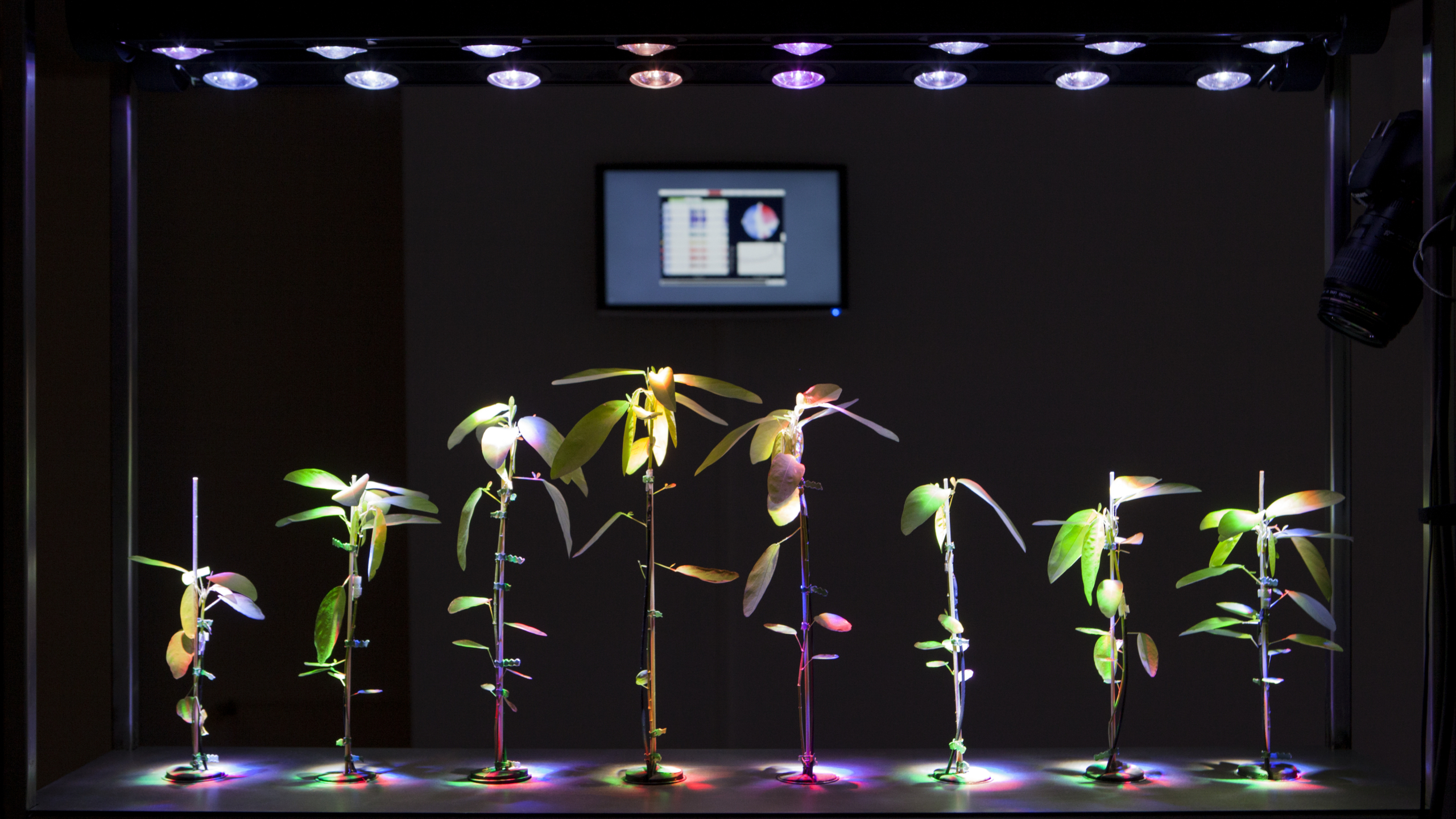
Art as a medium for a sensitive exploration of reality
The idea of involving artists—and specifically bio artists—in the workings and reflections of the collective, came very naturally, in particular due to a convergence of action, as scientists and artists mobilize their imaginations to investigate the various possibilities of reality. Artists approach the relationship to the world in a specific way, however, starting from their feelings. They are therefore giving access to a different form of knowledge than that provided by the sciences. It is less universal, more subjective, but, for this reason, also makes it possible to include the sensible and affects in the relationship with scientific knowledge. They also reveal what we’d risk not seeing without them. Including artists in the process, therefore, reflects converging interests. Just like all other members of our collective, contemporary artists seek to position themselves in relation to our technoscientific society, even if they share their thoughts through the production of sensible objects rather than erudite communications, which makes them more apt to engage in dialogue with the general public.
The interaction between science and art results in obvious benefits given that artists manage to share ‘unintelligible complexities’ in ways that are less universal but just as important as those used by scientists. Their sensitive objects are of particular interest to the academic members of our collective, who consider them as relevant mediators to make visible—and therefore intelligible—what isn’t easily discerned in their activity due to their very nature or to the normative framework of community codes. As for artists, who engage in exploring fictions and representing possibilities, they can experience a broadening of their imaginations going well beyond mere physiological perceptions when exchanging ideas with scientists.
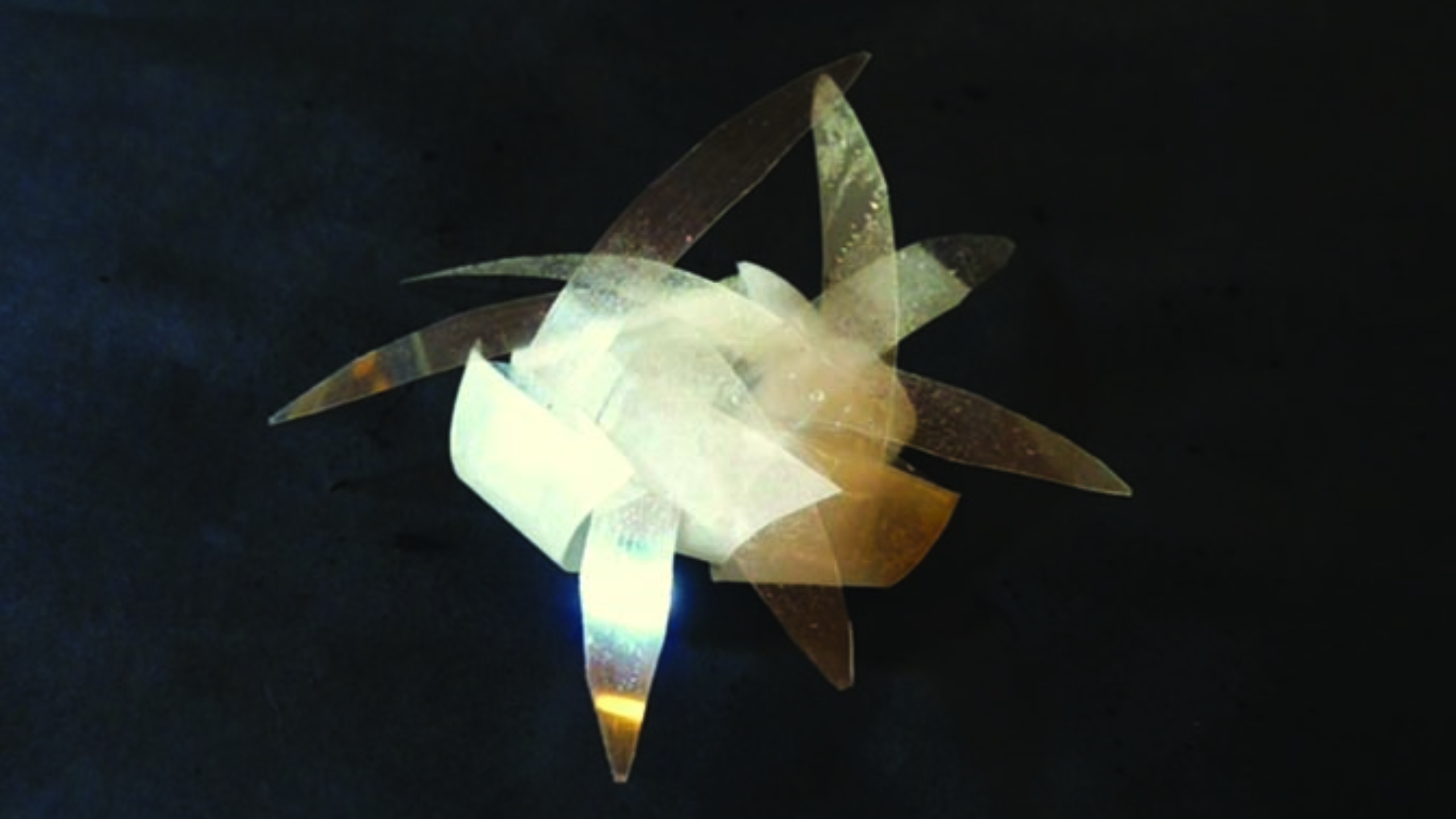
Towards ‘a Living Network’
Several years of work are now crystallizing around exhibition projects. The collective’s epistemological and theoretical reflections result in academic productions, but we also want to share our ideas with a large audience by engaging in desacralization and decompartmentalization aiming at sharing science and technology more widely with the community. This approach also allows us to deepen our collective reflection through the application of an additional requirement regarding how any statements are structured and the need to produce an autonomous construction.
Life in the Making has the stated objective of producing collective works illustrating the uniqueness of the approach and the imagination of the scientists and artists of the collective, by putting into practice a common reflection linking sense and reason. More specifically, we wanted to put living things to work by showing a collaboration that isn’t reduced to a form of exploitation, and is rather something that shows how mutualistic and symbiotic relationships between living beings occur.
The ‘Living Network’ project thus proposes to materialize the commitment of different establishments—or institutions, places, etc.—in a shared venture. We are using fungi, as we want to draw attention to a living form that is less well known and valued than animals or plants, but which presents functions and behaviors that are interesting to observe, including the ability to remediate pollution, perform asexual reproduction, etc. Basically, this involves creating a network of mycelia growing from samples collected in the basements of participating structures. After cultivating them and exhibiting them within each of these, the various samples are together in the same exhibition room so that a ‘living network’ can emerge. The creation process will be punctuated by performances involving artists, scientists, and members of the institutions.
This artwork is designed following Umberto Eco’s ‘open form’ approach. It leaves room for interpretation by the public and fosters dialogue between people from different origins, backgrounds, and situations. We wish to avoid the pitfalls of having an instructor towering over an instructee, and thus provide an agora within which everyone is legitimate and derives some interest. Play and humor act as a welcome mediator when they convey metaphors that go beyond mere ‘entertainment,’ and a large body of knowledge is open to discovery in this artwork, via an esthetic and sometimes fun way.
With this project, we are taking the metaphor much further—regarding the connection of knowledge, the histories of institutions, of their own individualities, of living matter (via the fungal spores and the mycelium), and of the balance of power that sets in as soon as groups are established in societies (which group prevails over the other, which we relate back to the competition between various species of fungus that take over the space and replace other species). Thanks to this approach, we will not be limited to spatialization alone, and this will enable us to clarify territorial dynamics and power relations.







